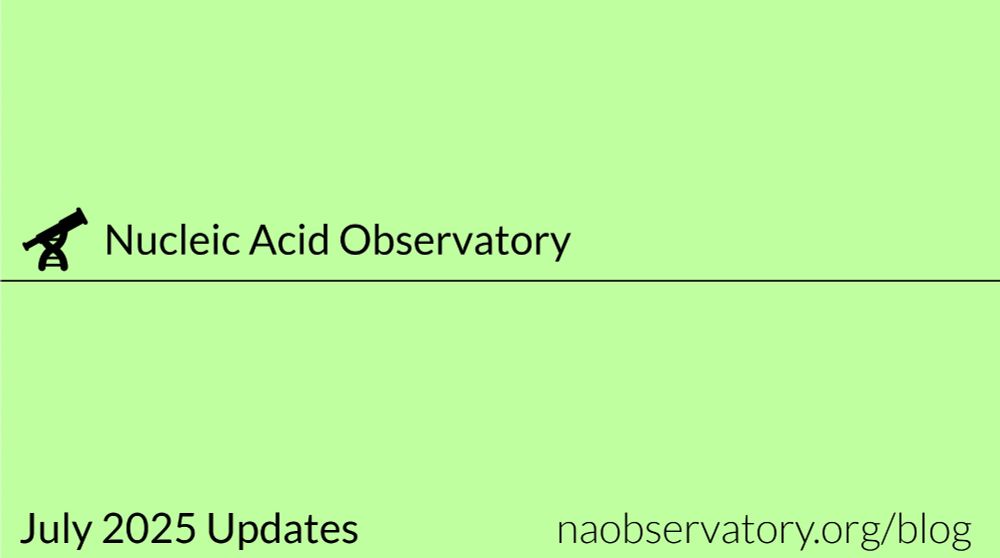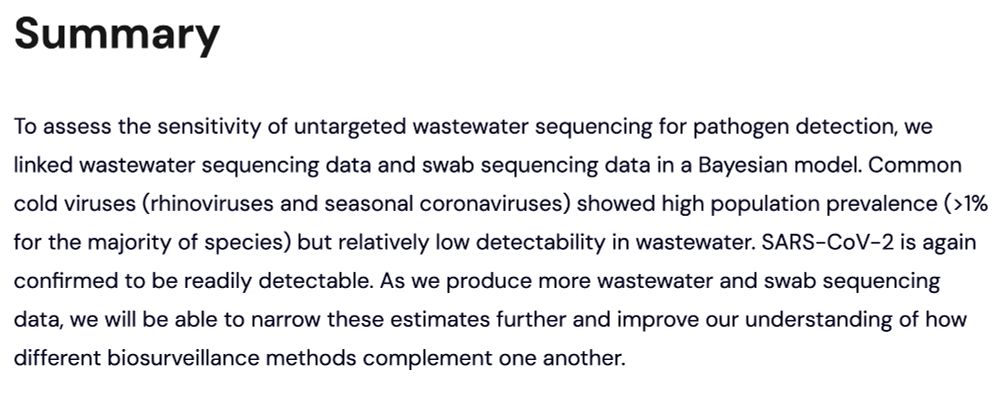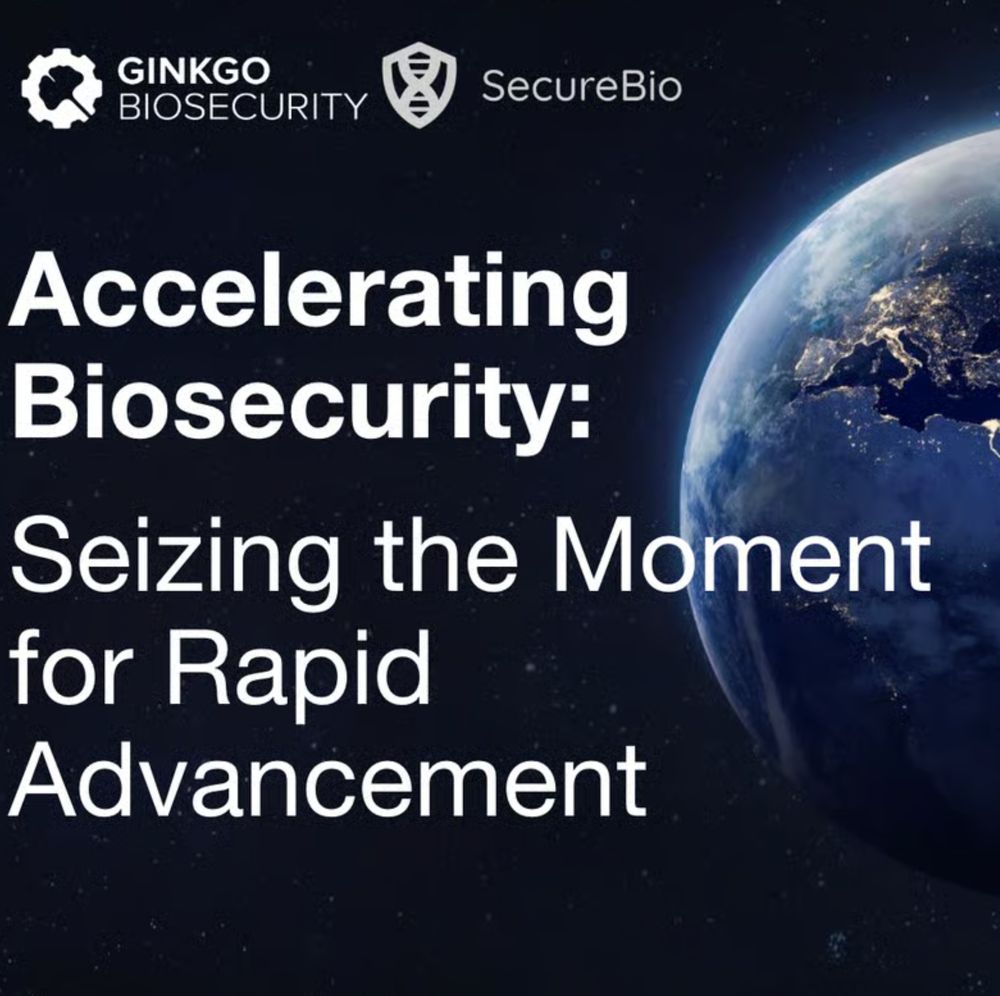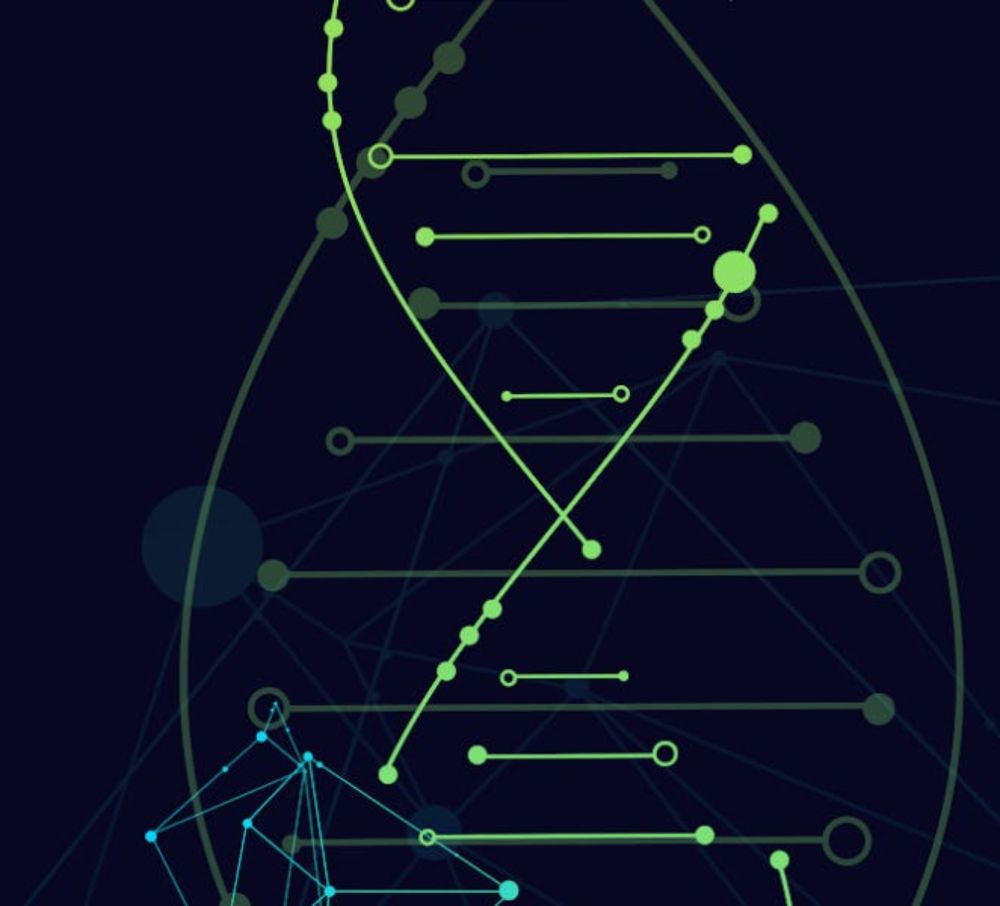
- Major wastewater surveillance scaling: expanded to 31 sampling sites across 19 cities.
- Zephyr swab program scaling, now 400-800 swabs per week.
- New team members that lead response, wet-lab, and partnerships work.

- Major wastewater surveillance scaling: expanded to 31 sampling sites across 19 cities.
- Zephyr swab program scaling, now 400-800 swabs per week.
- New team members that lead response, wet-lab, and partnerships work.
Recently we benchmarked different Oxford Nanopore sequencing workflows.
In a new post, we examine these workflows in detail and explain why one emerges as our top choice.
Recently we benchmarked different Oxford Nanopore sequencing workflows.
In a new post, we examine these workflows in detail and explain why one emerges as our top choice.
We can recover these genomes with our outward assembly pipeline.
We recently tested outward assembly on a flagged SARS-CoV-2/plasmid construct – it did extremely well!

We can recover these genomes with our outward assembly pipeline.
We recently tested outward assembly on a flagged SARS-CoV-2/plasmid construct – it did extremely well!
- We’ve further increased our sequencing capacity, producing 487B read pairs.
- Our partners created dashboards that summarize which pathogens we routinely see in wastewater.
- We’ve been scaling up our Boston-based swab sampling program.

- We’ve further increased our sequencing capacity, producing 487B read pairs.
- Our partners created dashboards that summarize which pathogens we routinely see in wastewater.
- We’ve been scaling up our Boston-based swab sampling program.
SARS-CoV-2 is again highly detectable, but common cold viruses are harder to detect.
We will use this research to compare wastewater sequencing to other detection strategies.

SARS-CoV-2 is again highly detectable, but common cold viruses are harder to detect.
We will use this research to compare wastewater sequencing to other detection strategies.

substack.com/home/post/p-...

substack.com/home/post/p-...
Our Substack lets you get blog posts from the Nucleic Acid Observatory and AIxBio team directly to your inbox.

Our Substack lets you get blog posts from the Nucleic Acid Observatory and AIxBio team directly to your inbox.
@jefftk.com and @lennijusten.bsky.social explore sequencing pooled lab discards: naobservatory.org/blog/lab-dis...
@jefftk.com and @lennijusten.bsky.social explore sequencing pooled lab discards: naobservatory.org/blog/lab-dis...
Both finding suspicious sequences and understanding their genomic context are crucial challenges in our pathogen monitoring. 1/4
Both finding suspicious sequences and understanding their genomic context are crucial challenges in our pathogen monitoring. 1/4
We built a new benchmark to answer that question.
To our surprise, we found that leading models outperform the vast majority of practicing virologists we sampled. 🧵 1/13

We built a new benchmark to answer that question.
To our surprise, we found that leading models outperform the vast majority of practicing virologists we sampled. 🧵 1/13

